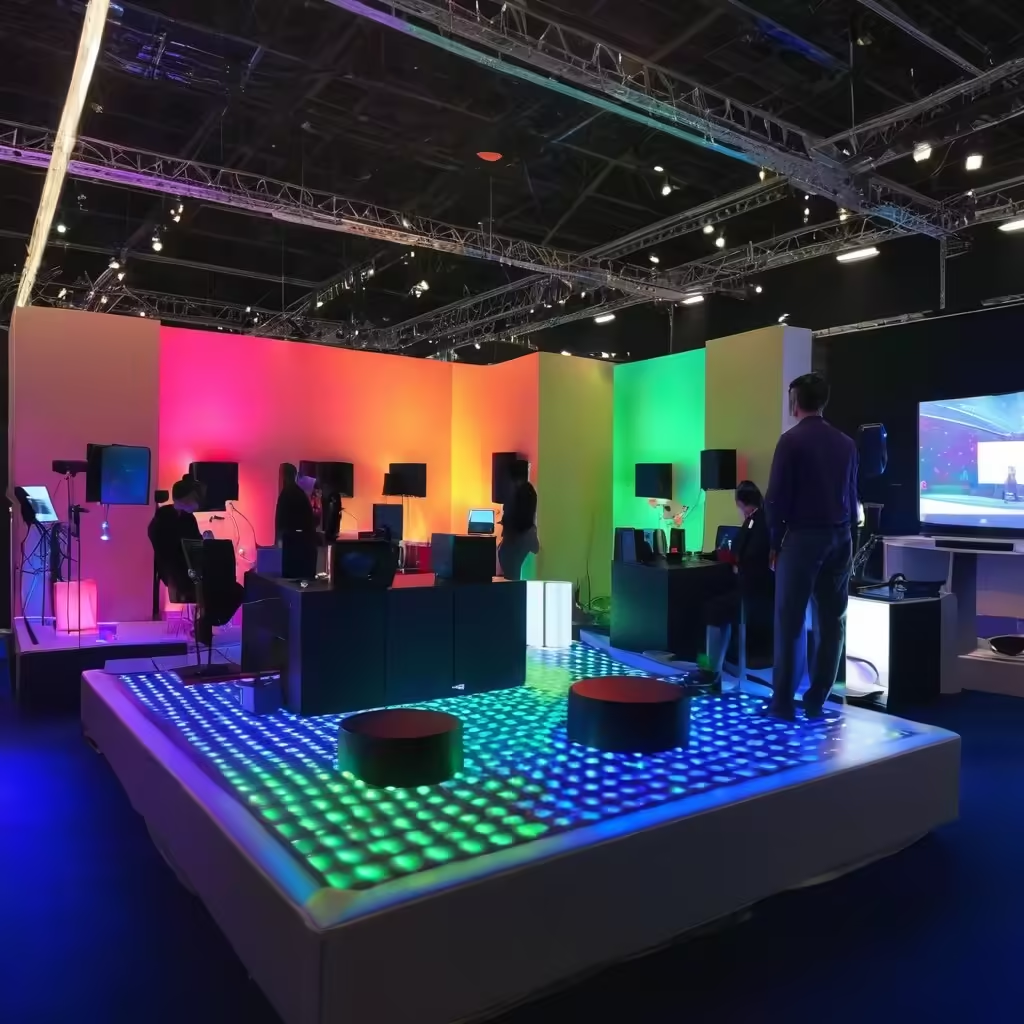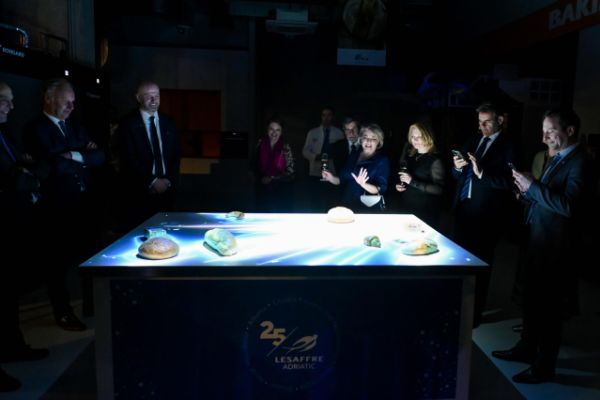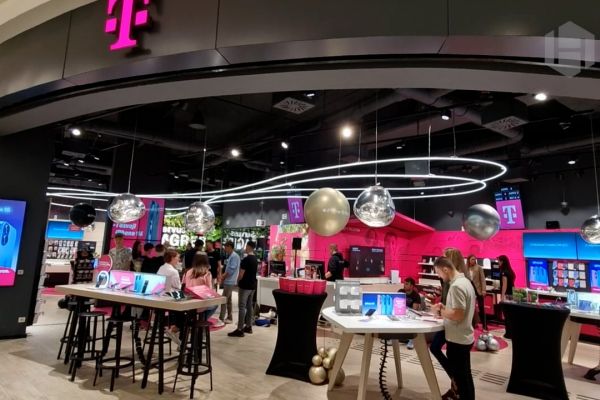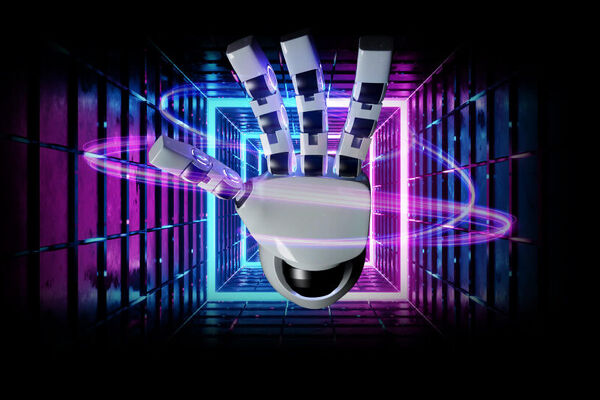Multi-sensory environment rooms are transforming the landscape of expo events and showrooms by offering immersive and engaging experiences that captivate audiences. These rooms leverage multiple senses—sight, sound, touch, smell, and even taste—to create memorable interactions with products and brands, enhancing both engagement and retention.
At expo events, where competition for attention is fierce, multi-sensory environment rooms stand out as a powerful tool to draw in visitors. These rooms are designed to provide a holistic sensory experience that goes beyond traditional visual displays. For instance, an automotive company might use a multi-sensory room to showcase a new car model. Visitors could see high-definition visuals of the car on a scenic drive, hear the engine's roar through surround sound, feel the texture of the car's interior materials, and even smell the new car scent. This full-spectrum experience allows attendees to connect with the product on a deeper emotional level, making the brand more memorable and the product more appealing.
In showrooms, multi-sensory environments can significantly enhance the consumer journey. These rooms can simulate real-life scenarios where the product would be used, providing potential customers with a tangible sense of how the product would fit into their lives. For example, a home appliance showroom could feature a multi-sensory kitchen where visitors can see, hear, and even smell the appliances in action. The sound of a blender, the sight of a perfectly baked cake emerging from an oven, and the smell of fresh coffee brewing can create a compelling narrative that demonstrates the appliances' value and effectiveness.
The integration of technology plays a crucial role in creating these multi-sensory experiences. Advanced audio-visual systems, interactive touch screens, scent diffusers, and haptic feedback devices are commonly used to build these environments. Augmented reality (AR) and virtual reality (VR) are also becoming popular, allowing for highly interactive and personalized experiences. These technologies can transport users to virtual spaces where they can interact with products in ways that were previously unimaginable.
Moreover, multi-sensory environment rooms can be tailored to different target audiences, making them versatile tools for various marketing strategies. By adjusting the sensory elements, businesses can cater to specific demographic preferences and cultural contexts, ensuring a more effective and inclusive marketing approach.
In the realm of experiential marketing, the value of creating an emotional connection with consumers cannot be overstated. Multi-sensory environment rooms excel at fostering these connections by engaging multiple senses simultaneously, leading to a more impactful and lasting impression. This sensory-rich approach not only attracts more visitors but also enhances their overall experience, increasing the likelihood of positive brand associations and subsequent purchases.
Multi-sensory environment rooms are revolutionizing expo events and showrooms by offering immersive, engaging, and memorable experiences. Through the strategic use of sensory inputs and advanced technologies, these rooms create deeper emotional connections with visitors, driving greater brand loyalty and product interest.










